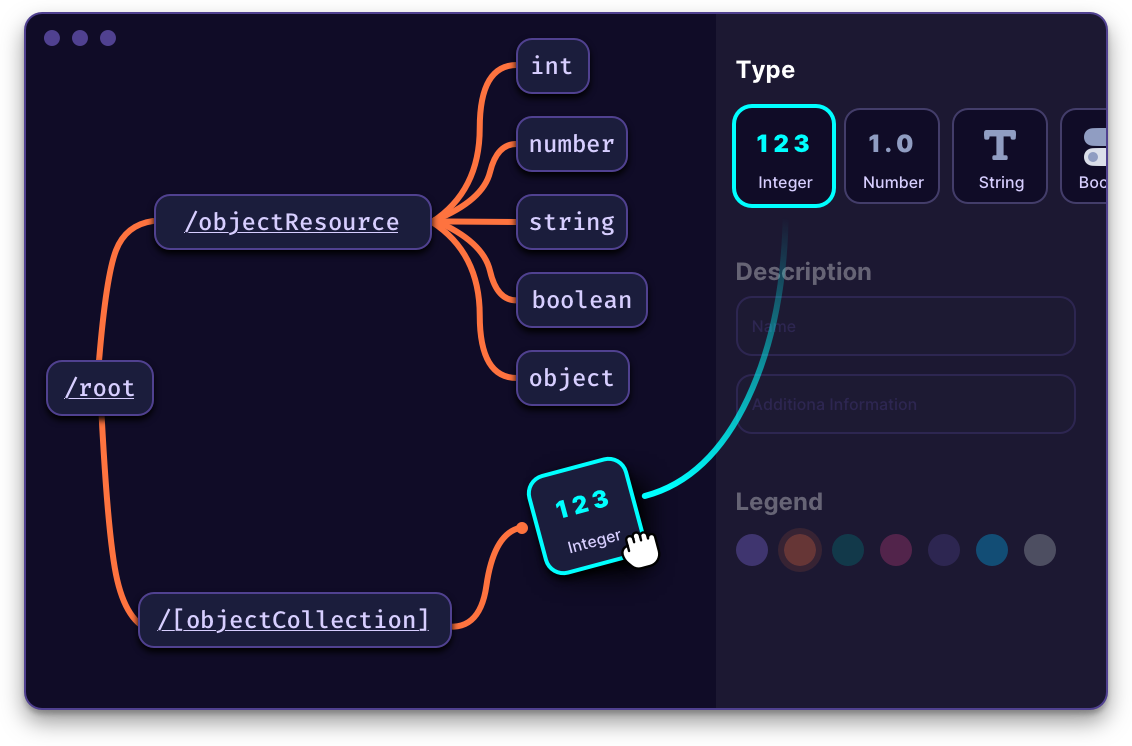Table Of Content

POST requests are typically used to create or update resources. Every file inside the ‘api' folder in your Next.js project becomes an API endpoint. This setup means that files such as pages/api/user.js would handle requests at /api/user, simplifying the architecture of your web applications. Apiary, now part of Oracle’s API Platform Cloud Service, remains a popular choice for API design and documentation. Its intuitive editor allows developers to design APIs using the API Blueprint format, while its mock server feature enables rapid prototyping and testing. Apiary integration with version control systems and self-operating documentation generation smooth the API development lifecycle.
What kind of Experience do you want to share?
We won't overcomplicate things, and we'll build a simple but organized project structure. The whole business logic will be in the Service Layer that exports certain services (methods) which are used by the controller. Before we start implementing the best practices into our example project, I'd like to give you a brief introduction to what we'll be building. In some cases you might think “This seems like too much work. We’re just creating an internal API.” However, focussing on value is key, even in internal use cases. A poorly determined value proposition will lead to difficulty pitching the value of the API to other teams.
Understanding resources and collections
A well-defined value proposition can help ease adoption and make the API program a key contributor to the business. When examining these pain points, think broadly and list things like support, documentation, or developer portals—everything that a customer could use. Then describe how you intend to create gains of any sort for your API users. If we choose to group users into a few roles, then the roles should have the permissions that cover all they need and no more. If we have more granular permissions for each feature that users have access to, then we have to make sure that admins can add and remove those features from each user accordingly. Also, we need to add some preset roles that can be applied to a group users so that we don’t have to do that for every user manually.
What are REST APIs?
They should tell us what we’re getting or manipulating without the need to read extra documentation to understand what it’s doing. Naturally, you would expect to be able to create, list, update, and delete contacts. However, if you don’t dig deeper, you are designing an API based on your system.
Let's say some user data has a maximum character length of 5, and an external user queries the API for user data with a character length of 8. Swagger makes API design a breeze, with easy-to-use tools for developers, architects, and product owners. Their API designer integrates with other services like Flow Designer or Anypoint Studio. Additionally, they have an interesting feature to build your API specification using prebuilt and reusable API fragments. Swaggerhub is a SmartBear product that is useful for a design-first API approach.

So we can concentrate on the important thing, the documentation itself. In my opinion, the documentation of swagger/OpenAPI is very good and there are a lot of great examples out there on the internet. This schema can be referenced now in our response of our endpoint. Once our cache is empty again (after two minutes) it has to be filled again.
Table of Contents
Vectary API allows more startups to design 3D models - Tech.eu
Vectary API allows more startups to design 3D models.
Posted: Thu, 04 Apr 2024 07:00:00 GMT [source]
Normally in a GET request we add the filter criteria as a query parameter. Let's start with the simplest one and return all workouts that are stored and start with implementing the corresponding method inside our Data Access Layer (src/database/Workout.js). Many server-side app frameworks set the response header automatically. Some HTTP clients look at the Content-Type response header and parse the data according to that format. Much as documentation is built and rebuilt as you update your API description, mock servers can also automatically have your latest changes.
Handle errors gracefully and return standard error codes
If a function call takes too long, such as account creation, don't just let it run long. Instead, return with an accountID, or at least with a token that the client can use later to look up the account. Create guidelines for delay, and try to avoid a polling process that only records the time that a process ended and not when it started.
Develop your APIs
Let's create our service layer by implementing the next best practice. Now we're catching all requests that are going to /api/v1/workouts with our v1WorkoutRouter. Naming your resources in plural has the big advantage that it's crystal clear to other humans, that this is a collection that consists of different workouts. We could name the creation endpoint /api/v1/workout because we'd like to add one workout, right? Basically there's nothing wrong with that approach – but this can lead to misunderstandings. After setting it all up we can now dive into the real implementation of our API.
As data in a system grows, endpoints that list all records become impractical. Imagine if our pizza parlor had three million completed orders and you wanted to find out how many had pepperoni as a topping. Sending a GET request to /orders and receiving all three million orders would not be very helpful. Thankfully, REST has a nifty way of searching through data.
Regardless of how much your tools help you, it’s a good idea to become familiar with the structure and elements of your OpenAPI documents. Mocking API calls before they’re in production is a good idea. Once your API is live, you’ll also want to make sure it’s built the way you’ve described. Tooling built around the OpenAPI specification can help in the very early stages of design, throughout the life of an API, and even as you consider versioning and deprecation.
We deliver hardened solutions that make it easier for enterprises to work across platforms and environments, from the core datacenter to the network edge. The final question, “How do we design our API program to achieve what we want? In concrete terms, while the why is unlikely to change often, the what may vary significantly based on external factors—such as markets, technical considerations, or economic conditions. Internal directions about the value of an asset may change, which could also affect what should be achieved with an API.
They may output an API spec from code, which sounds efficient. Unfortunately, by the time you’ve built an API in code, you’ve lost out on a lot of the advantages of a design-first approach. When your API design exists before the implementation, you can get early feedback, connect your API to tools from the start, and collaborate across departments and functions. Resist the temptation to manipulate objects as strings, or use regular expressions to get the data you need.

No comments:
Post a Comment